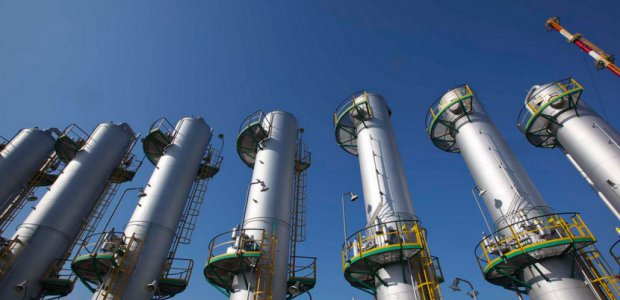The delivery of Russian LNG to freezing Boston, a psychological blow for US authorities, has prompted American officials to highlight the country’s major shale gas and oil production prospects for 2018.
Pundits noted that Washington is finding it increasingly difficult to remind European countries such as the UK, Portugal and France, which have already purchased Russian LNG from the Yamal station in northern Siberia, that they cannot only use ecomomic criteria in their dealings with Russsia and, as a result, breach sanctions imposed on the country.
Walter Peeraer, president of TAP, the Trans Adriatic Pipeline project, whose development is now approaching completion, intervened by stressing the pipeline’s plans do not entail transmitting Gazprom gas, despite an interest expressed by the Russian giant to do so.
In preceding remarks, French and Dutch officials noted that incoming Russian LNG is not being used in their countries but, instead, was reloaded on tankers to be sold to other markets offering greater profit. These destinations were not specified.
According to Bloomberg, it is not certain whether the aforementioned Russian LNG shipment to Boston represents the order’s final destination. The order was shipped from the UK by French firm Engie.
Responding to this delivery, the US International Information Adminstration, which has spearheaded the wider American reaction, declared that US oil production is expected to reach an average of 10.3 million barrels per day in 2018, a 970,000 bpd increase compared to 2017. Such a performance would easily surpass the previous US record of 9.6 million bpd, set in 1970 under the Nixon administration. American shale oil production is expected to reach 11 million bpd in 2019.
The major US oil production level forecast for 2018 promises to undermine efforts by OPEC and Russia to reduce oil production by 1.8 million bpd in an effort to boost prices levels.
Last night, the price of Brent crude reached 69.24 dollars a barrel in New York, its highest level since 2014.
The International Information Adminstration believes Brent prices, which averaged 54 dollars a barrel in 2017, will reach an average of 60 dollars a barrel in 2018 and 61 dollars a barrel in 2019.
Though American shale oil and gas prospects appear rosy, the cross-Atlantic prospects in the UK are far less promising. Efforts made by petroleum firms to convince the UK government and public of the need to exploit shale gas deposits, which could offer energy supply to Great Britain for the next 25 years, continue to face major obstacles.
The Scottish government has already banned fracking as a means of extracting shale gas while the UK public’s environmental concerns are particularly acute.
Ineos, the petrochemicals group headed by Jim Ratcliffe, is preparing to file a legal case against the Scottish government for abuse of ministerial power. Further south, in central England, companies such as Cuadriilla, Third Energy and IGas Energy, are preparing to launch campaigns in 2018 with the aim of convincing the UK public that shale gas extraction is not environmentally hazardous.





